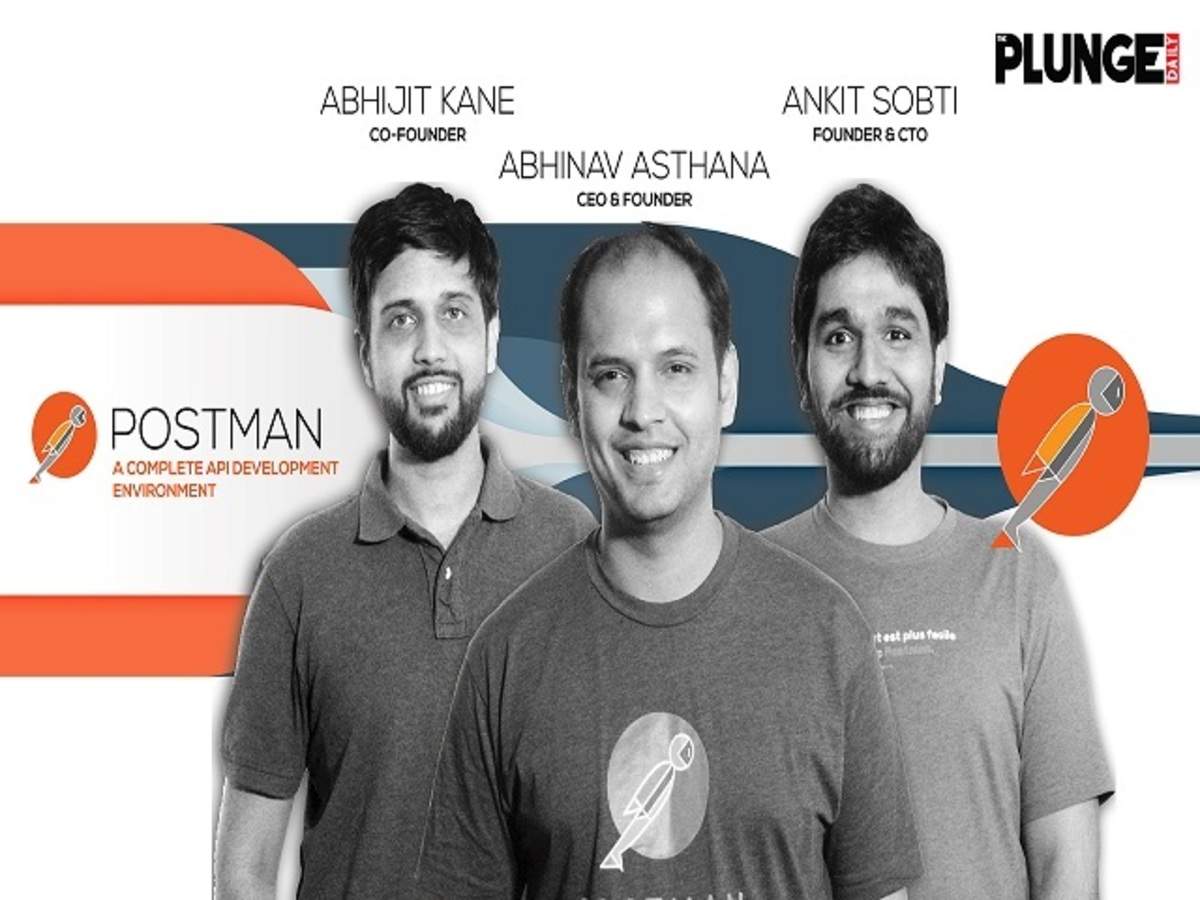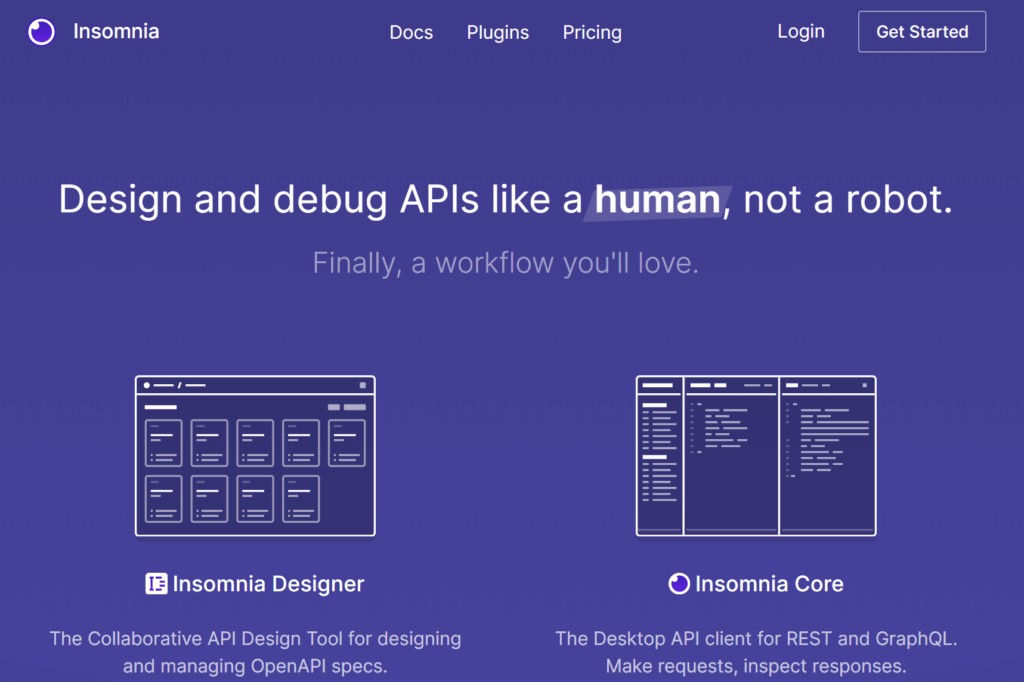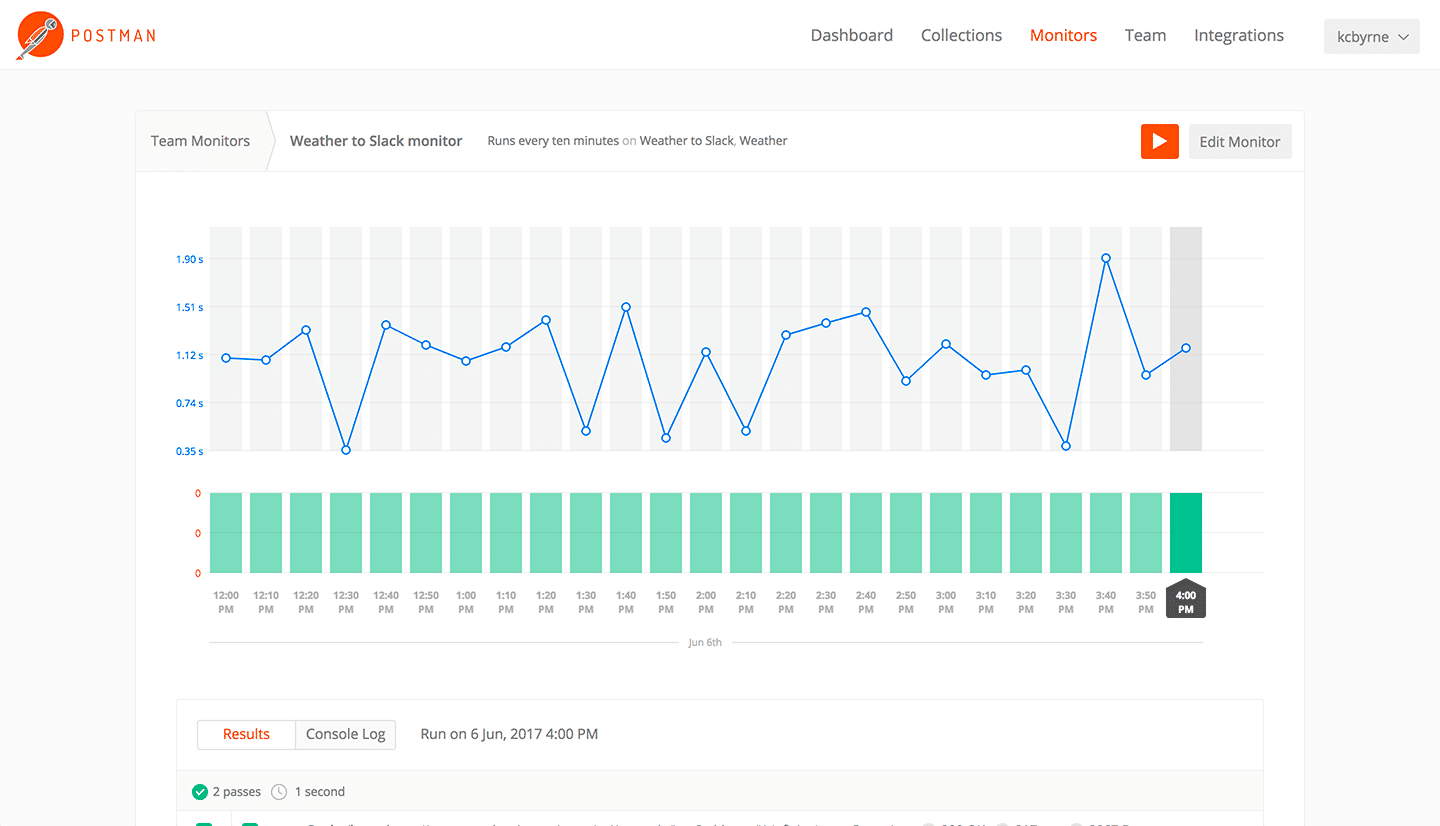
- #INSOMNIA VS POSTMAN HOW TO#
- #INSOMNIA VS POSTMAN INSTALL#
- #INSOMNIA VS POSTMAN SOFTWARE#
- #INSOMNIA VS POSTMAN CODE#
- #INSOMNIA VS POSTMAN FREE#
API testing is performed at the business layer because it's the most critical of all layers in an application where the heart of the application or the business rules is stored. Typically, any application has three distinct layers: the presentation layer, the business layer, and the data access layer. In addition, it helps uncover bugs, anomalies, or discrepancies from an API's expected behavior. What's API Testing?ĪPI testing determines whether the application programming interfaces (APIs) meet functionality, consistency, efficiency, usability, performance, and security specifications.
#INSOMNIA VS POSTMAN INSTALL#
You can download and install the Insomnia REST Client from here. NET 5.0 and ASP.NET 5.0 runtime from here. You can download Visual Studio 2019 from here.
#INSOMNIA VS POSTMAN CODE#
If you're to work with the code examples discussed in this article, you should have the following installed in your system: This article talks about how you can fast-track API development with Insomnia REST Client. You can take advantage of Insomnia to test HTTP-based RESTful APIs or even GraphQL APIs.
#INSOMNIA VS POSTMAN FREE#
It's a free cross-platform desktop framework that incorporates a user-friendly user interface and sophisticated features, such as security helpers, code creation, and environment variables. You can use Insomnia for testing RESTful as well as GraphQL APIs. Insomnia is yet another popular, fast REST client that's available for Mac, Windows, and Linux. Postman is the de facto industry-standard tool for testing and developing APIs. There are plenty of API testing tools around.
#INSOMNIA VS POSTMAN SOFTWARE#
It would help if you had API testing as part of your testing strategy to test your application's core business rules and help deliver better software faster. You must test your APIs before releasing them for the clients or end-users to consume. Today's applications thrive on a lot on APIs - most of today's applications are API-based.ĪPI is an acronym for Application Programming Interface and acts as the middle layer between the presentation layer and the database layer. You can take advantage of APIs to enable communication between systems and the data exchange between them. After a while - I will describe my experience in more detail.Over the past few years, APIs evolved to become the center of software development. This tool seemed convenient and has a set of unique features, such as a test data generator. If you are only testing gRPC - I would choose Kreya. Postman already has a bunch of different goodies for HTTP (plus a bunch of tutorials and community). If you need a “combine - all-in-one,” - then you can temporarily take something specialized, like Kreya or BloomRPC, and wait until Postman will finish gRPC. Kreya and BloomRPC are strictly working with gRPC. Plus, they have a lot of additional features for easy writing of API tests. HTTP API testing in both tools is the primary function. But it works.įor Postman and Insomnia, gRPC is just one of the many features. So, you need to compile a set of files to import it for now. Additionally, it is impossible to import a directory of proto files (or a set of dependent proto files at once). But this is only a beta - so I hope this defect will be fixed during the release. Postman has not yet delivered the ability to save created requests. Kreya.app has a killer feature - you can use the built-in test data sampler - for strings, UUID, and other fundamental data types.

You have to search for it yourself and insert it as a JSON file. It’s rather inconvenient that Insomnia can’t get a request template based on the proto schema. But if you want to import it as files - it works perfectly fine.
#INSOMNIA VS POSTMAN HOW TO#
In BloomRPC, I did not find how to import proto files via server reflection. Also I want to say, the all four tools have a great support for gRPC streaming. What tools are there for gRPC?Īll four tools are easily installed as desktop applications (in my case, on Windows 11). I only used each tool for a day (so I won’t be an in-depth analysis).Īn example of a simple gRPC server to run locally can be taken from my Github. I will talk about GUI tools for testing gRPC (besides Postman) services in this post.


Not so long ago, I discovered that Postman has added gRPC support.Īs of now, the functionality is in “beta.” So after trying it by myself, I started to seek alternative solutions on the market. Still, there are a lot of cases where it is more suitable to verify new functionality quickly and manually rather than testing writing the code. Automation is, of course, a fantastic thing. In one of my previous posts, I have shared how to implement automation tests for testing gRPC services. Photo by Cesar Carlevarino Aragon on Unsplash


 0 kommentar(er)
0 kommentar(er)
